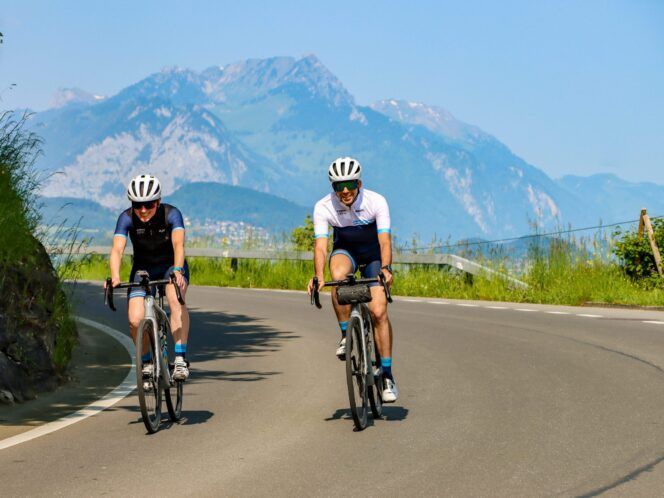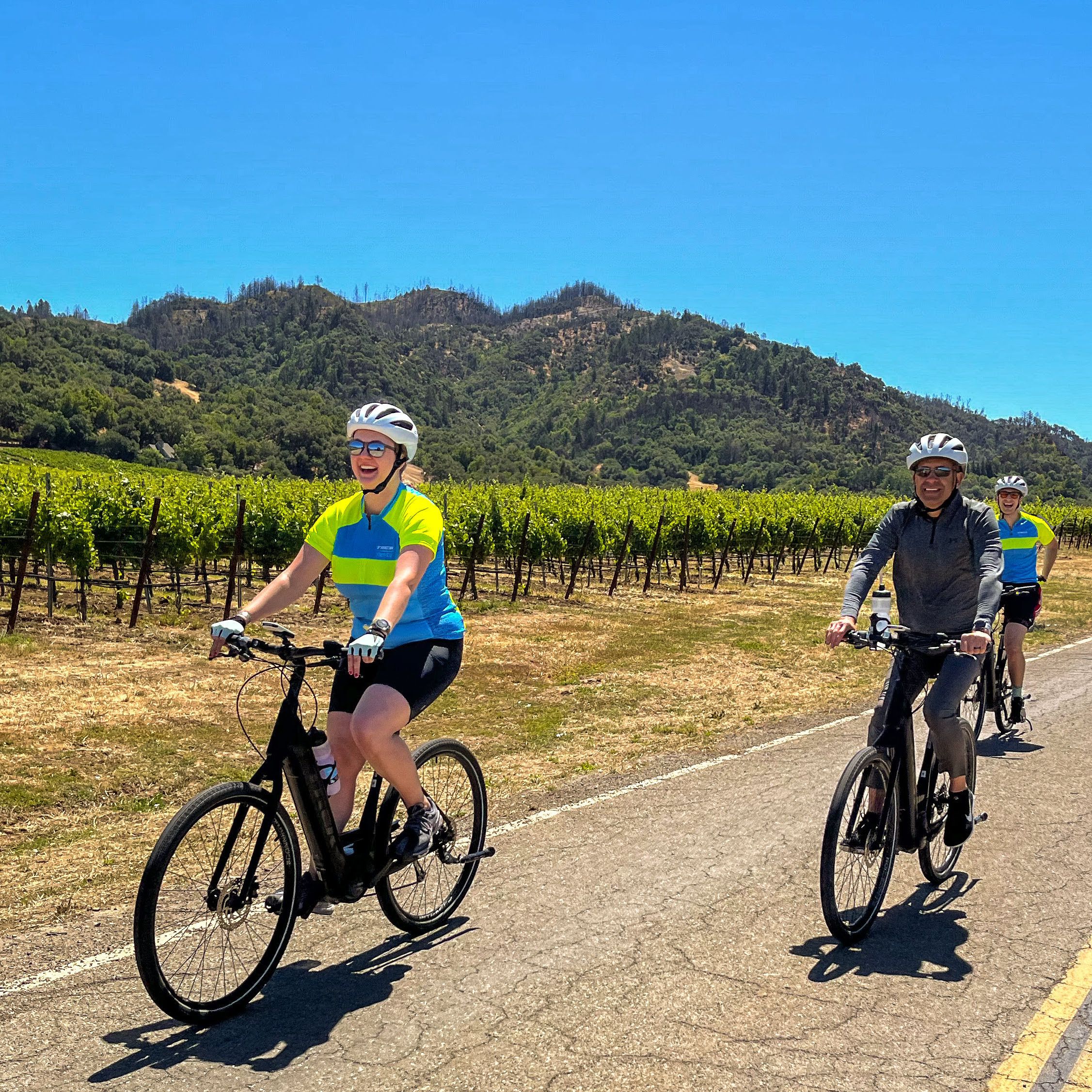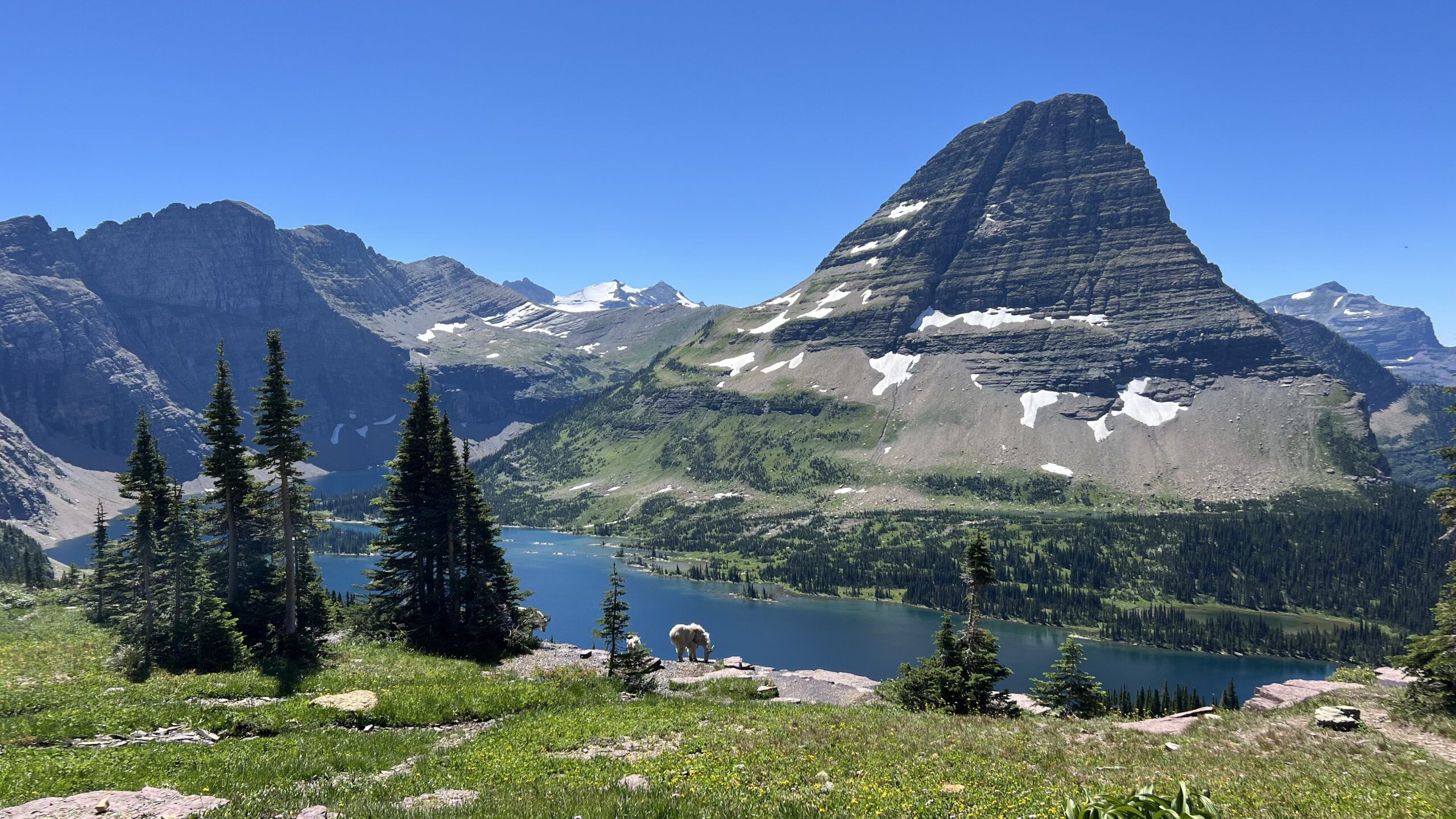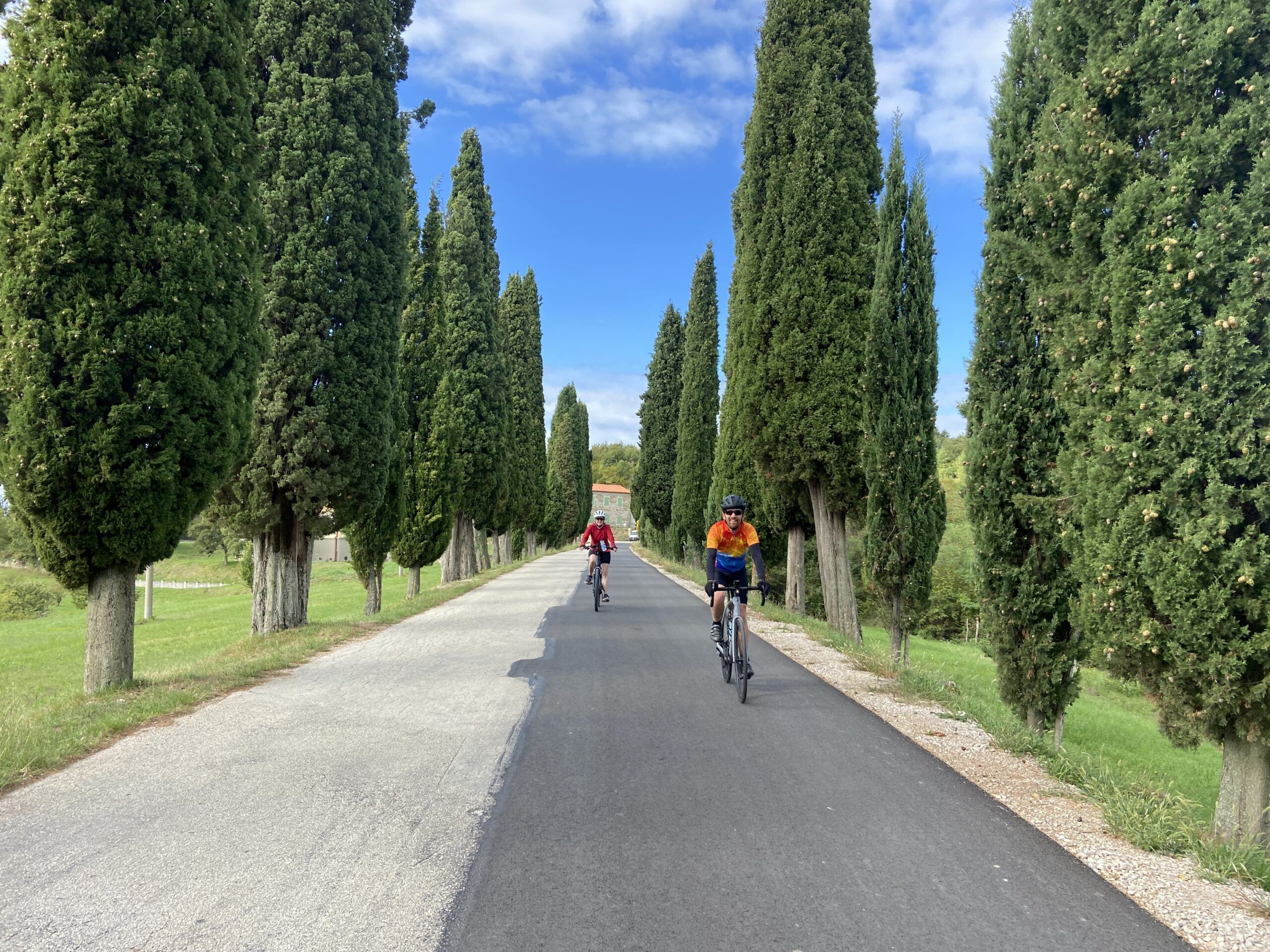
The bell tower of the Seville Cathedral in Spain fuses both Arabic and Christian styles into a single structure reaching for the heavens; and typically mediterranean palm trees grow next to wintry pines on the same Malaga mountain. While the Andalucia region is quintessentially Spanish–with its flamenco dancers, sherry drinking and white villages perched upon cliffs–it also blends cultural and natural elements in unexpected ways, keeping visitors to this southernmost province endlessly intrigued.
Words by Trek Travel Guest Erin F.
For more stories of Erin’s voyages home and away, visit her blog: VogueTrotter

I’ll admit, however, that on my own recent trip to Andalucia, I arrived with few expectations. Although I had seen much of the countryside in France and Italy and Portugal, my knowledge of Spain was limited to chocolate dipped churros and pitchers of sangria from a girls weekend in Barcelona five years ago. Which is the equivalent of eating a “dollar slice” in NYC and claiming to know the south and its legendary soul food.
Ready to start our Andalusian adventure, my boyfriend, Jason, and I arrived in Seville on a rainy Saturday, confirming what all five of my weather apps were trying to tell me for days. Yet, looking at the city’s colorful buildings that still managed to pop amidst the gray skies, as bitter Seville oranges floated down the newly formed streams of the cobblestone streets, I knew something that no weather app could ever predict–we were in for a special week.

TO BE CONTINUED…







